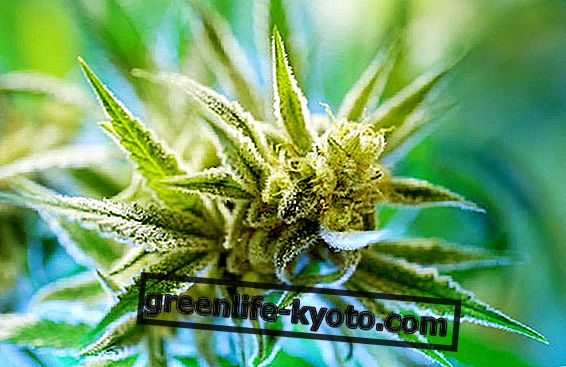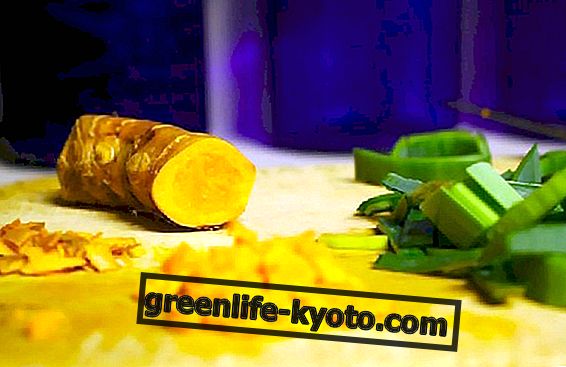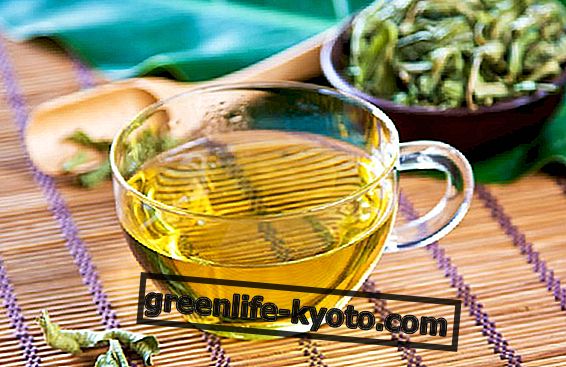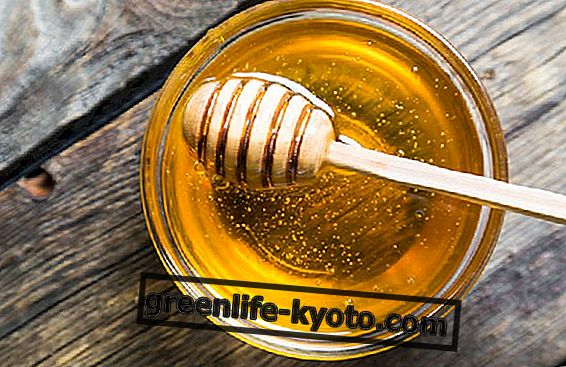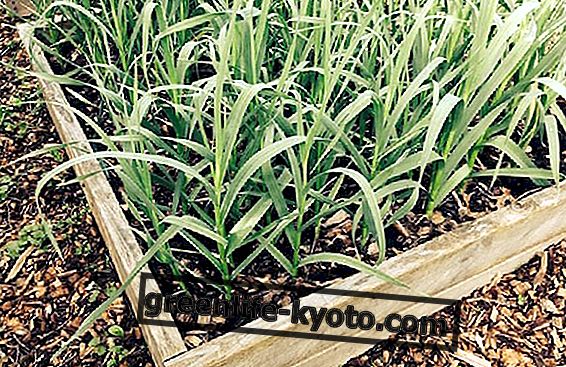
Athlete's foot is a mycosis caused by a fungus that affects the skin of the feet causing redness, peeling of the skin and itching. Let's see what are the natural remedies for athlete's foot and how to prevent fungal infections affecting the feet.
Natural remedies for athlete's foot: which are the most effective
A simple natural remedy for athlete's foot is to do foot baths every other day with hot water and salt, or with baking soda as an alternative to salt.
For an effective footbath against athlete's foot, dip your feet in a liter of warm water in which you have dissolved 50 grams of salt or baking soda. Leave your feet immersed in water for 15-20 minutes, then dry very well with a clean towel.
An additional help against athlete's foot comes from the Tea tree essential oil. The essential oil of Tea tree is in fact an excellent natural remedy against athlete's foot: you can use it by mixing two drops in a spoon of aloe vera gel and massaging the gel on the feet, insisting between the fingers. Apply the gel every day, even twice a day, on clean and dry feet.
In addition to the footbath, sodium bicarbonate can be used as a natural remedy against athlete's foot also by sprinkling a spoon in the footwear: let the baking soda act overnight, repeating the operation every evening. The baking soda will absorb the moisture inside the shoes and thanks to its alkaline pH it will make the environment unsuitable for the proliferation of fungi.
The natural remedies against athlete's foot are effective when the infection is mild, that is when the feet show slight cracks, redness or itching between the fingers: if the lesions are extensive and accompanied by redness, desquamation and itching important, it is advisable contact your doctor.
Find out how to make 3 do-it-yourself natural foot creams
Athlete's foot: what are the causes and how to prevent it
To ensure health and beauty at our feet it is not enough to defend them from blisters and prevent the formation of calluses and corns: another danger for our feet is represented by mycoses, fungal infections responsible for both onychomycosis (nail fungus) and of athlete's foot, or Tinea Pedis .
The mycoses that affect the feet are in fact quite frequent, especially in men, they depend on the proliferation of fungi normally present on our epidermis and can be very annoying because they cause itching, redness and flaking.
The most common causes of the uncontrolled proliferation of these fungi are excessive moisture in the foot, weakening of the immune system and exposure to pathogens.
High humidity promotes the growth of fungi and can in turn be caused by excessive sweating of the foot or superficial drying after cleansing. Attention must also be paid to socks and shoes: the first must be in cotton and must be worn when both the feet and the stockings are perfectly dry; the footwear must allow adequate transpiration to the foot.
To limit exposure to pathogens, it is advisable not to share towels, linens or footwear with other people and avoid walking barefoot, especially in highly frequented places such as swimming pools, gym changing rooms or public showers: in all these cases, you should always wear slippers .
